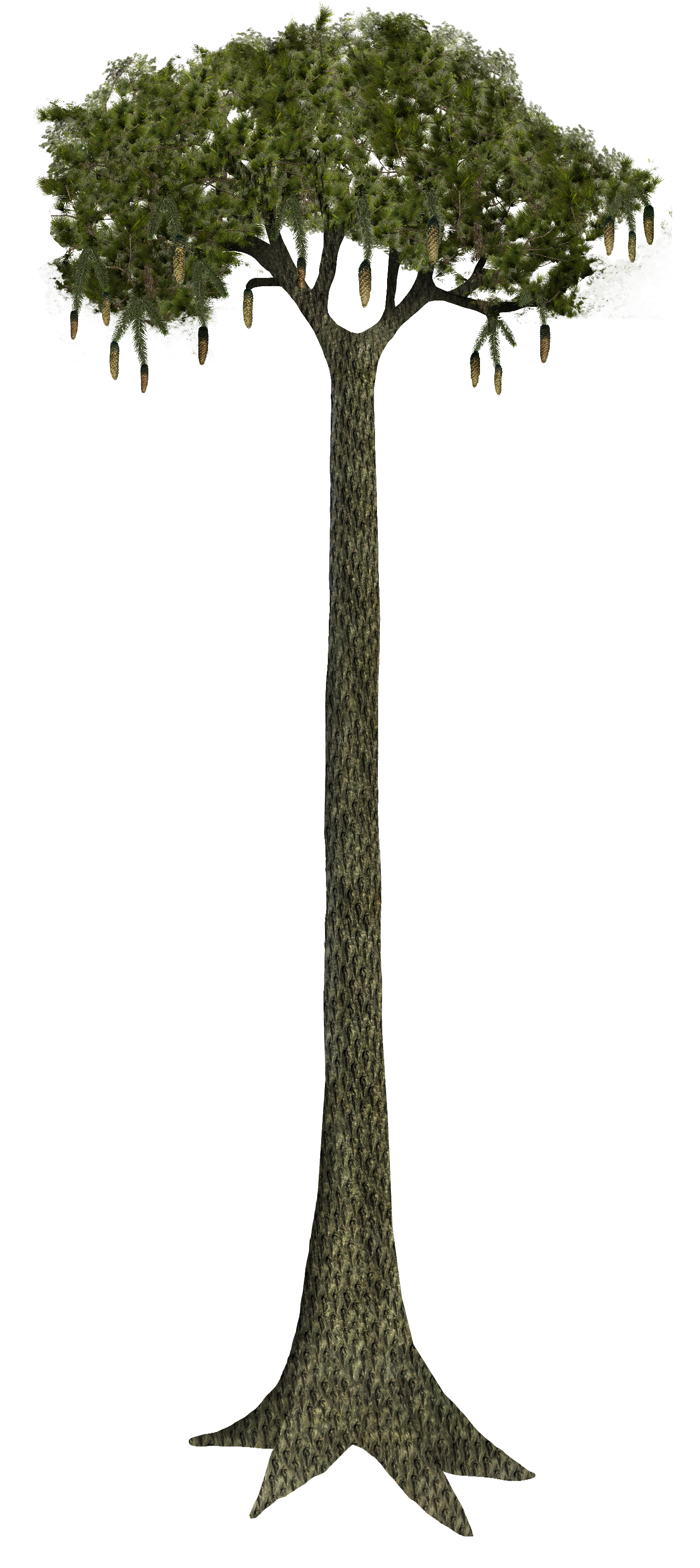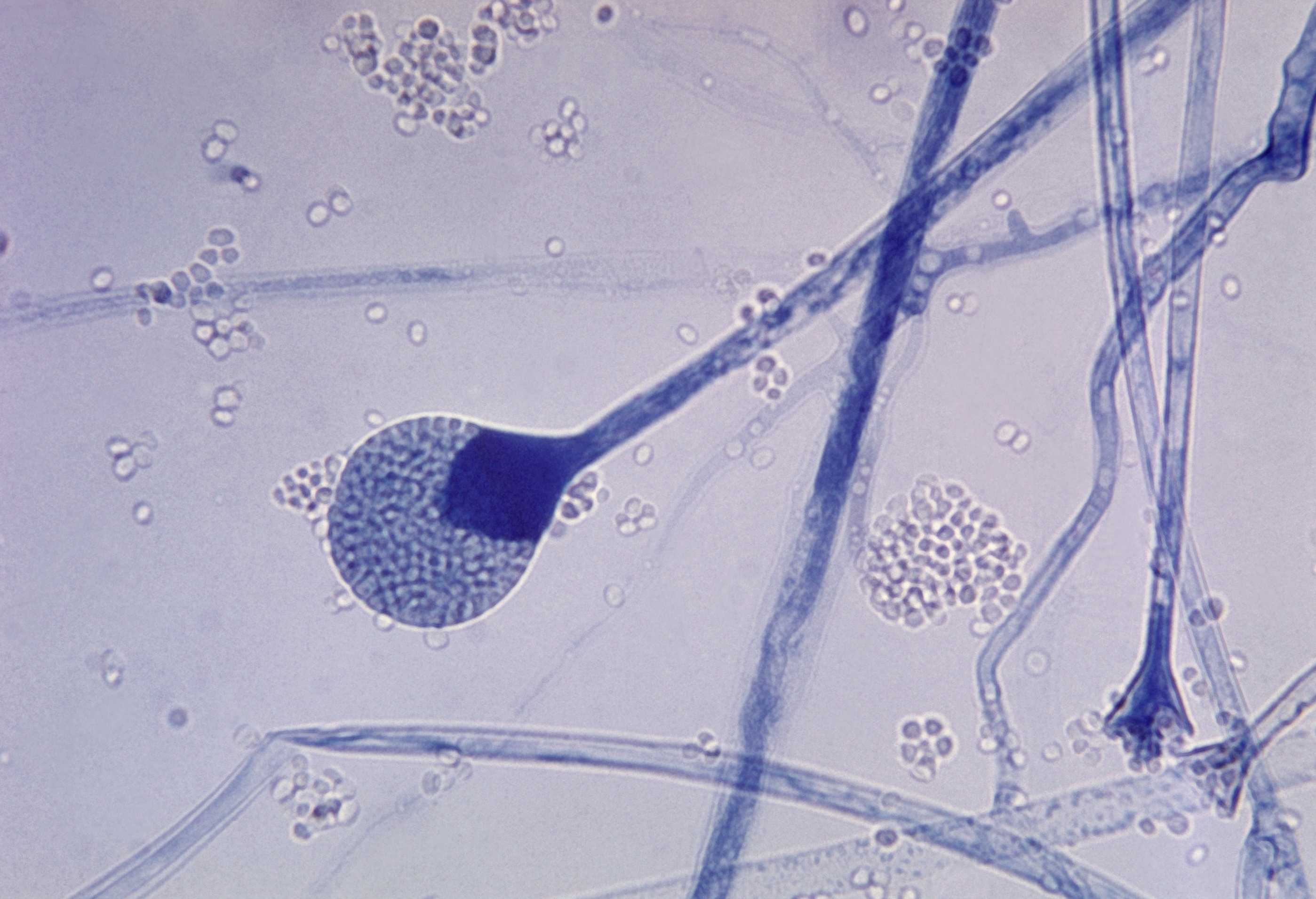|
Isoetes Nuttallii
''Isoetes nuttallii'', or Nuttall's quillwort, is a species of quillwort, a type of lycopod. It is native to shallow waters and other wet habitats of western North America from British Columbia to California. It produces up to 60 pointed, cylindrical, green to gray-green leaves, each 7 to 17 centimeters long. The velum completely covers the spherical sporangia A sporangium (; from Late Latin, ) is an enclosure in which spores are formed. It can be composed of a single cell or can be multicellular. Virtually all plants, fungi, and many other lineages form sporangia at some point in their life cyc ..., which are 5 millimeters long and 1.5 millimeters wide. The ligule is small and triangular. The megaspores are 400 to 500 micrometers in diameter. The microspores, which are spiny and covered in tubercles, are 28 to 31 micrometers long. References External linksJepson Manual Treatment [...More Info...] [...Related Items...] OR: [Wikipedia] [Google] [Baidu] |
Alexander Braun
Alexander Carl Heinrich Braun (10 May 1805 – 29 March 1877) was a German botanist from Regensburg, Bavaria. His research centered on the morphology of plants. Biography He studied botany in Heidelberg, Paris and Munich. In 1833 he began teaching botany at the Polytechnic School of Karlsruhe, staying there until 1846. Afterwards he was a professor of botany in Freiburg (from 1846), Giessen (from 1850) and at the University of Berlin (1851), where he remained until 1877. While in Berlin, he was also director of the botanical garden. In 1852, he was elected a foreign member of the Royal Swedish Academy of Sciences. Braun is largely known for his research involving plant morphology. He accepted evolution but was a critic of Darwinism. He was a proponent of vitalism, a popular 19th-century speculative theory that claimed that a regulative force existed within living matter in order to maintain functionality. Braun made important contributions in the field of cell theory. From hi ... [...More Info...] [...Related Items...] OR: [Wikipedia] [Google] [Baidu] |
George Engelmann
George Engelmann, also known as Georg Engelmann, (2 February 1809 – 4 February 1884) was a German-American botanist. He was instrumental in describing the flora of the west of North America, then very poorly known to Europeans; he was particularly active in the Rocky Mountains and northern Mexico, one of his constant companions being another German-American, the botanical illustrator Paulus Roetter. Biography Origins George Engelmann was born in Frankfurt am Main, Germany, the oldest of thirteen children, nine of whom reached maturity. His father, Julius Bernhardt Engelmann, was a member of a family from which for several successive generations were chosen ministers for the Reformed Church at Bacharach-on-the-Rhine. Julius was a graduate of the University of Halle, and was also educated for the ministry, but he devoted his life to education. He established a school for young women in Frankfurt, which was rare at the time. George Engelmann's mother, Julie Antoinette, was the ... [...More Info...] [...Related Items...] OR: [Wikipedia] [Google] [Baidu] |
Isoetes
''Isoetes'', commonly known as the quillworts, is the only extant genus of plants in the family Isoetaceae, which is in the class of lycopods. There are currently 192 recognized species, with a cosmopolitan distribution but with the individual species often scarce to rare. Some botanists split the genus, separating two South American species into the genus ''Stylites'', although molecular data place these species among other species of ''Isoetes'', so that ''Stylites'' does not warrant taxonomic recognition. Species of ''Isoetes'' virtually identical to modern forms have existed since the Jurassic epoch. The name of the genus may also be spelled ''Isoëtes''. The diaeresis (two dots over the e) indicates that the o and the e are to be pronounced in two distinct syllables. Including this in print is optional; either spelling (''Isoetes'' or ''Isoëtes'') is correct. Description Quillworts are mostly aquatic or semi-aquatic in clear ponds and slow-moving streams, though severa ... [...More Info...] [...Related Items...] OR: [Wikipedia] [Google] [Baidu] |
Lycopod
Lycopodiopsida is a class of vascular plants known as lycopods, lycophytes or other terms including the component lyco-. Members of the class are also called clubmosses, firmosses, spikemosses and quillworts. They have dichotomously branching stems bearing simple leaves called microphylls and reproduce by means of spores borne in sporangia on the sides of the stems at the bases of the leaves. Although living species are small, during the Carboniferous, extinct tree-like forms formed huge forests that dominated the landscape and contributed to coal deposits. The nomenclature and classification of plants with microphylls varies substantially among authors. A consensus classification for extant (living) species was produced in 2016 by the Pteridophyte Phylogeny Group (PPG I), which places them all in the class Lycopodiopsida, which includes the classes Isoetopsida and Selaginellopsida used in other systems. (See Table 2.) Alternative classification systems have used ranks f ... [...More Info...] [...Related Items...] OR: [Wikipedia] [Google] [Baidu] |
British Columbia
British Columbia (commonly abbreviated as BC) is the westernmost Provinces and territories of Canada, province of Canada, situated between the Pacific Ocean and the Rocky Mountains. It has a diverse geography, with rugged landscapes that include rocky coastlines, sandy beaches, forests, lakes, mountains, inland deserts and grassy plains, and borders the province of Alberta to the east and the Yukon and Northwest Territories to the north. With an estimated population of 5.3million as of 2022, it is Canada's Population of Canada by province and territory, third-most populous province. The capital of British Columbia is Victoria, British Columbia, Victoria and its largest city is Vancouver. Vancouver is List of census metropolitan areas and agglomerations in Canada, the third-largest metropolitan area in Canada; the 2021 Canadian census, 2021 census recorded 2.6million people in Metro Vancouver Regional District, Metro Vancouver. The First Nations in Canada, first known human inhabi ... [...More Info...] [...Related Items...] OR: [Wikipedia] [Google] [Baidu] |
California
California is a state in the Western United States, located along the Pacific Coast. With nearly 39.2million residents across a total area of approximately , it is the most populous U.S. state and the 3rd largest by area. It is also the most populated subnational entity in North America and the 34th most populous in the world. The Greater Los Angeles area and the San Francisco Bay Area are the nation's second and fifth most populous urban regions respectively, with the former having more than 18.7million residents and the latter having over 9.6million. Sacramento is the state's capital, while Los Angeles is the most populous city in the state and the second most populous city in the country. San Francisco is the second most densely populated major city in the country. Los Angeles County is the country's most populous, while San Bernardino County is the largest county by area in the country. California borders Oregon to the north, Nevada and Arizona to the ea ... [...More Info...] [...Related Items...] OR: [Wikipedia] [Google] [Baidu] |
Sporangium
A sporangium (; from Late Latin, ) is an enclosure in which spores are formed. It can be composed of a single cell or can be multicellular. Virtually all plants, fungi, and many other lineages form sporangia at some point in their life cycle. Sporangia can produce spores by mitosis, but in nearly all land plants and many fungi, sporangia are the site of meiosis and produce genetically distinct haploid spores. Fungi In some phyla of fungi, the sporangium plays a role in asexual reproduction, and may play an indirect role in sexual reproduction. The sporangium forms on the sporangiophore and contains haploid nuclei and cytoplasm. Spores are formed in the sporangiophore by encasing each haploid nucleus and cytoplasm in a tough outer membrane. During asexual reproduction, these spores are dispersed via wind and germinate into haploid hyphae. Although sexual reproduction in fungi varies between phyla, for some fungi the sporangium plays an indirect role in sexual re ... [...More Info...] [...Related Items...] OR: [Wikipedia] [Google] [Baidu] |
Flora Of British Columbia
Flora (: floras or florae) is all the plant life present in a particular region or time, generally the naturally occurring ( indigenous) native plants. The corresponding term for animals is ''fauna'', and for fungi, it is '' funga''. Sometimes bacteria and fungi are also referred to as flora as in the terms ''gut flora'' or ''skin flora''. Etymology The word "flora" comes from the Latin name of Flora, the goddess of plants, flowers, and fertility in Roman mythology. The technical term "flora" is then derived from a metonymy of this goddess at the end of the sixteenth century. It was first used in poetry to denote the natural vegetation of an area, but soon also assumed the meaning of a work cataloguing such vegetation. Moreover, "Flora" was used to refer to the flowers of an artificial garden in the seventeenth century. The distinction between vegetation (the general appearance of a community) and flora (the taxonomic composition of a community) was first made by Jules Thurma ... [...More Info...] [...Related Items...] OR: [Wikipedia] [Google] [Baidu] |
Flora Of Washington (state)
This is a list of species that are native to the U.S. state of Washington. Plants sorted by family Adoxaceae * '' Sambucus nigra'' ― blue elderberry * ''Sambucus racemosa'' ― red elderberry * ''Viburnum edule'' ― high-bush cranberry * ''Viburnum ellipticum'' ― common viburnum * '' Viburnum opulus'' ― snowball viburnum Asparagaceae * '' Asparagus officinalis'' ― garden asparagus * '' Brodiaea coronaria'' ― bluedick brodiea * '' Camassia quamash'' ― common camas * ''Camassia leichtlinii'' ― large camas * ''Dichelostemma congestum'' ― ookow, northern saitas * '' Maianthemum dilatatum'' ― false lily-of-the-valley * '' Maianthemum racemosum'' ― feathery false lily-of-the-valley * '' Maianthemum stellatum'' ― starry false lily-of-the-valley * '' Muscari armeniacum'' ― garden grape-hyacinth * '' Ornithogalum umbellatum'' ― sleepydick * '' Triteleia grandiflora'' ― blue umber lily * ''Triteleia hyacinthina'' ― white triteleia Athyriaceae * '' Ath ... [...More Info...] [...Related Items...] OR: [Wikipedia] [Google] [Baidu] |
Flora Of Oregon
This is a list of plants by common name that are native to the U.S. state of Oregon. * Adobe parsley *Alaska blueberry * American wild carrot * Austin's popcornflower * Awned melic * Azalea * Azure penstemon *Baby blue eyes * Baldhip rose * Beach strawberry * Beach wormwood * Bearded lupine * Bensoniella * Bigleaf maple * Bigleaf sedge * Birdnest buckwheat * Birthroot, western trillium * Bitter cherry * Bleeding heart * Blow-wives *Blue elderberry * Bog Labrador tea * Bolander's lily * Bridges' cliffbreak * Brook wakerobin * Brown dogwood *Buckbrush * Bugle hedgenettle * Bunchberry * California broomrape *California buttercup * California canarygrass *California goldfields * California milkwort * California phacelia * California stoneseed * California wild rose * Camas * Canary violet * Canyon gooseberry * Cascara * Castle Lake bedstraw * Charming centaury * Chinese caps * Citrus fawn lily * Coastal cryptantha * Coastal sand-verbena * Coastal sneezeweed *Coastal woodfern * ... [...More Info...] [...Related Items...] OR: [Wikipedia] [Google] [Baidu] |
Flora Of California
Flora (: floras or florae) is all the plant life present in a particular region or time, generally the naturally occurring ( indigenous) native plants. The corresponding term for animals is ''fauna'', and for fungi, it is '' funga''. Sometimes bacteria and fungi are also referred to as flora as in the terms '' gut flora'' or ''skin flora''. Etymology The word "flora" comes from the Latin name of Flora, the goddess of plants, flowers, and fertility in Roman mythology. The technical term "flora" is then derived from a metonymy of this goddess at the end of the sixteenth century. It was first used in poetry to denote the natural vegetation of an area, but soon also assumed the meaning of a work cataloguing such vegetation. Moreover, "Flora" was used to refer to the flowers of an artificial garden in the seventeenth century. The distinction between vegetation (the general appearance of a community) and flora (the taxonomic composition of a community) was first made by Jules Thur ... [...More Info...] [...Related Items...] OR: [Wikipedia] [Google] [Baidu] |




